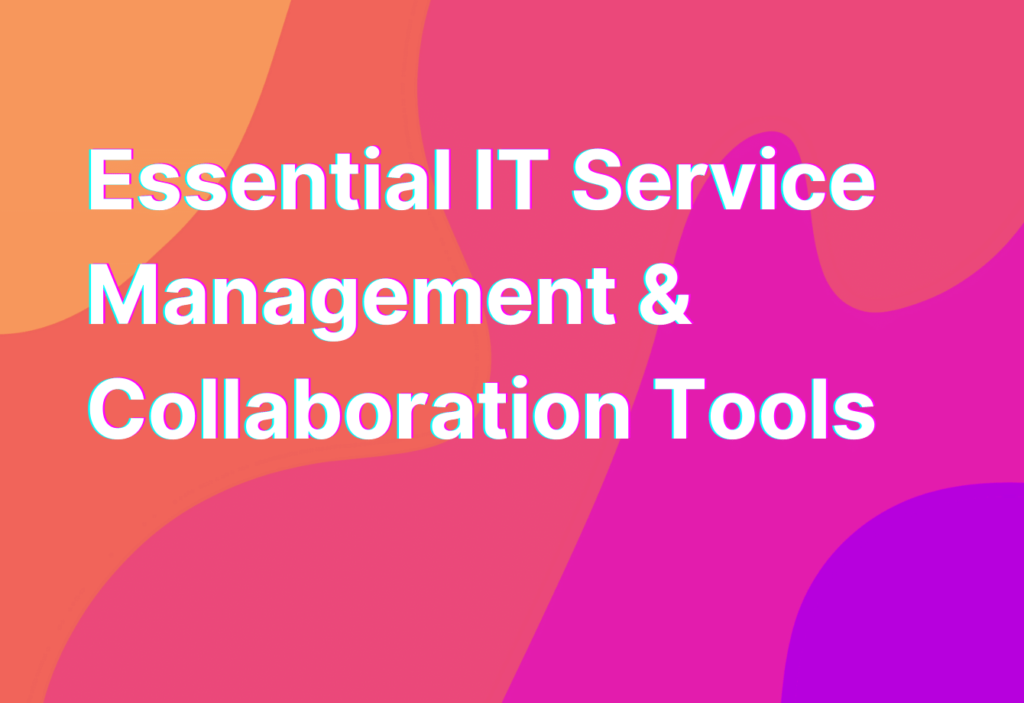Essential Network Security Policy: Safeguarding Remote Work
Welcome back, remote work enthusiasts! Today, we’re diving into the world of network security policies and how they play a crucial role in safeguarding your remote work environment. As we all know, working remotely has become the new norm, and with that comes the need for robust security measures to protect our valuable data. So, grab your favorite cup of coffee and let’s get started!
Why Network Security Policies Matter
Network security policies are like the superheroes of the remote work world. They are the guidelines and rules that ensure the safety and integrity of your network infrastructure. Without a solid network security policy in place, your remote team could be vulnerable to cyber attacks, data breaches, and other malicious activities.
Imagine this: you’re working on a top-secret project for your company, and suddenly, your network gets hacked. All your hard work, sensitive information, and client data are now in the hands of cybercriminals. Yikes! That’s a nightmare no remote worker wants to experience.
But fear not! With a well-crafted network security policy, you can minimize the risks and protect your remote work environment from potential threats. Let’s take a look at some essential elements to include in your network security policy.
1. Strong Passwords: The First Line of Defense
Let’s face it, we’ve all been guilty of using weak passwords at some point. But when it comes to remote work, strong passwords are non-negotiable. They are the first line of defense against unauthorized access to your network and sensitive data.
So, what makes a password strong? Well, it should be at least 12 characters long, include a mix of uppercase and lowercase letters, numbers, and special characters. Avoid using common phrases or personal information that can be easily guessed. And please, don’t use “password123” as your go-to password. We’re looking at you, Bob!
For more tips on creating strong passwords, check out our Password Policy article.
2. Two-Factor Authentication: Double the Security, Double the Fun
Two-factor authentication (2FA) adds an extra layer of security to your remote work setup. It requires users to provide two forms of identification before accessing their accounts or networks. This could be a combination of something you know (like a password) and something you have (like a fingerprint or a security token).
By enabling 2FA, you’re making it much harder for hackers to gain unauthorized access to your network. Even if they manage to crack your password, they’ll still need that second form of identification to get in. It’s like having a bouncer at the entrance of your virtual office!
3. Regular Software Updates: Don’t Be a Sitting Duck
Software updates may seem like a hassle, but they are crucial for maintaining a secure remote work environment. These updates often include patches for security vulnerabilities that hackers could exploit. So, by keeping your software up to date, you’re closing the door on potential cyber threats.
Remember, cybercriminals are constantly evolving, finding new ways to exploit weaknesses in software. By staying on top of updates, you’re staying one step ahead of the game. Plus, you might even get some cool new features along the way!
4. VPN: Your Virtual Private Bodyguard
A Virtual Private Network (VPN) is like having your own personal bodyguard for your remote work activities. It creates a secure, encrypted connection between your device and the internet, making it nearly impossible for anyone to intercept your data.
When you connect to a VPN, your internet traffic is routed through a remote server, masking your IP address and location. This adds an extra layer of privacy and security, especially when you’re accessing sensitive information or using public Wi-Fi networks.
So, next time you’re sipping your latte at your favorite coffee shop, make sure to activate your VPN. You never know who might be lurking in the shadows, trying to steal your data!
5. Employee Training: The Human Firewall
While technology plays a significant role in network security, let’s not forget about the human element. Your remote team members are the first line of defense against cyber threats, and proper training is essential.
Make sure your team is educated on best practices for network security, such as identifying phishing emails, avoiding suspicious websites, and using secure file-sharing platforms. Remember, a well-informed team is a strong team!
Wrapping Up
And there you have it, folks! A network security policy is like a shield that protects your remote work environment from cyber threats. By implementing strong passwords, enabling two-factor authentication, staying up to date with software updates, using a VPN, and providing proper employee training, you’re well on your way to creating a secure remote work environment.
Remember, network security is a continuous effort. Stay vigilant, stay informed, and keep those cybercriminals at bay. Until next time, stay secure and keep remote working like a pro!


